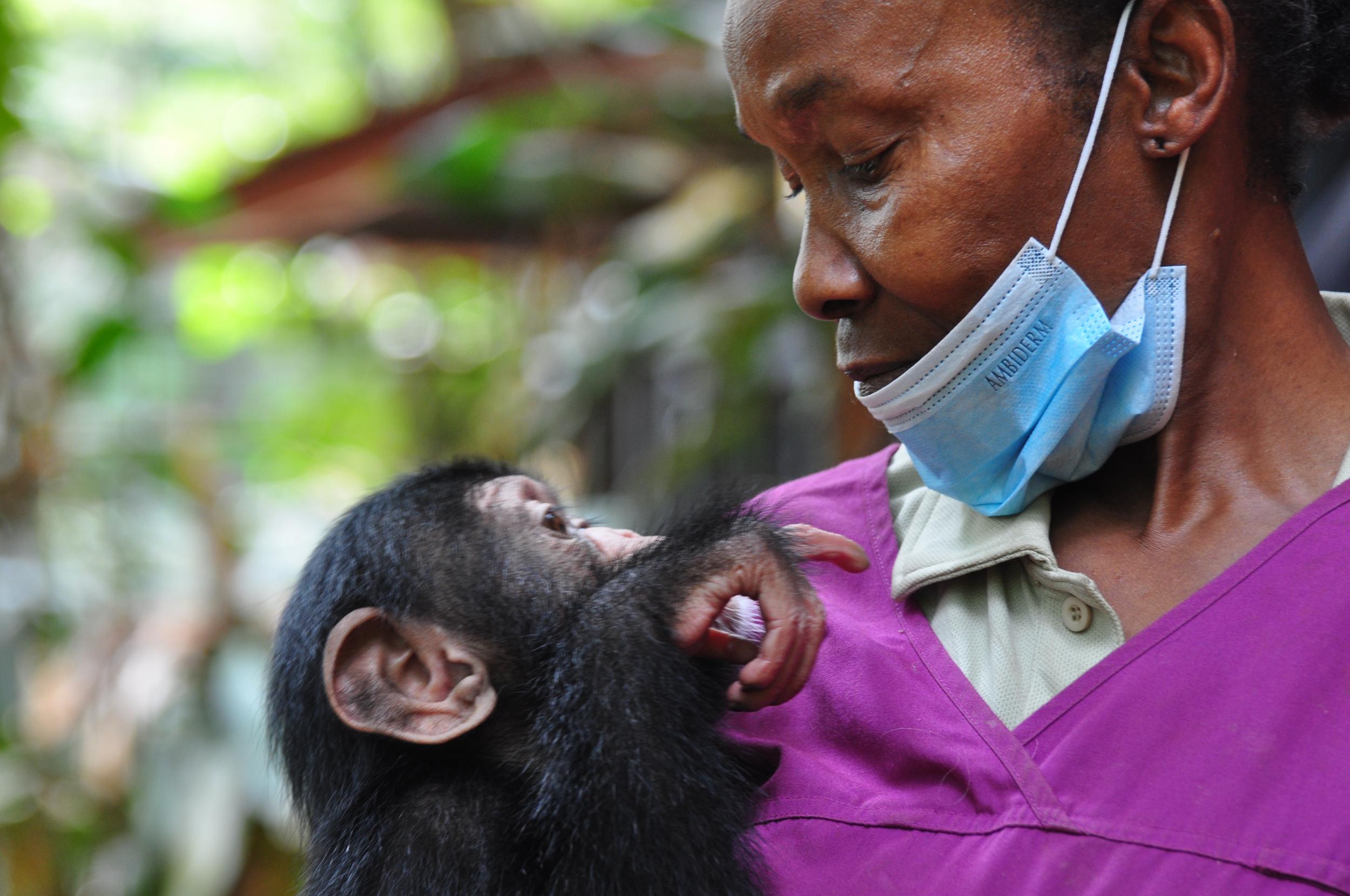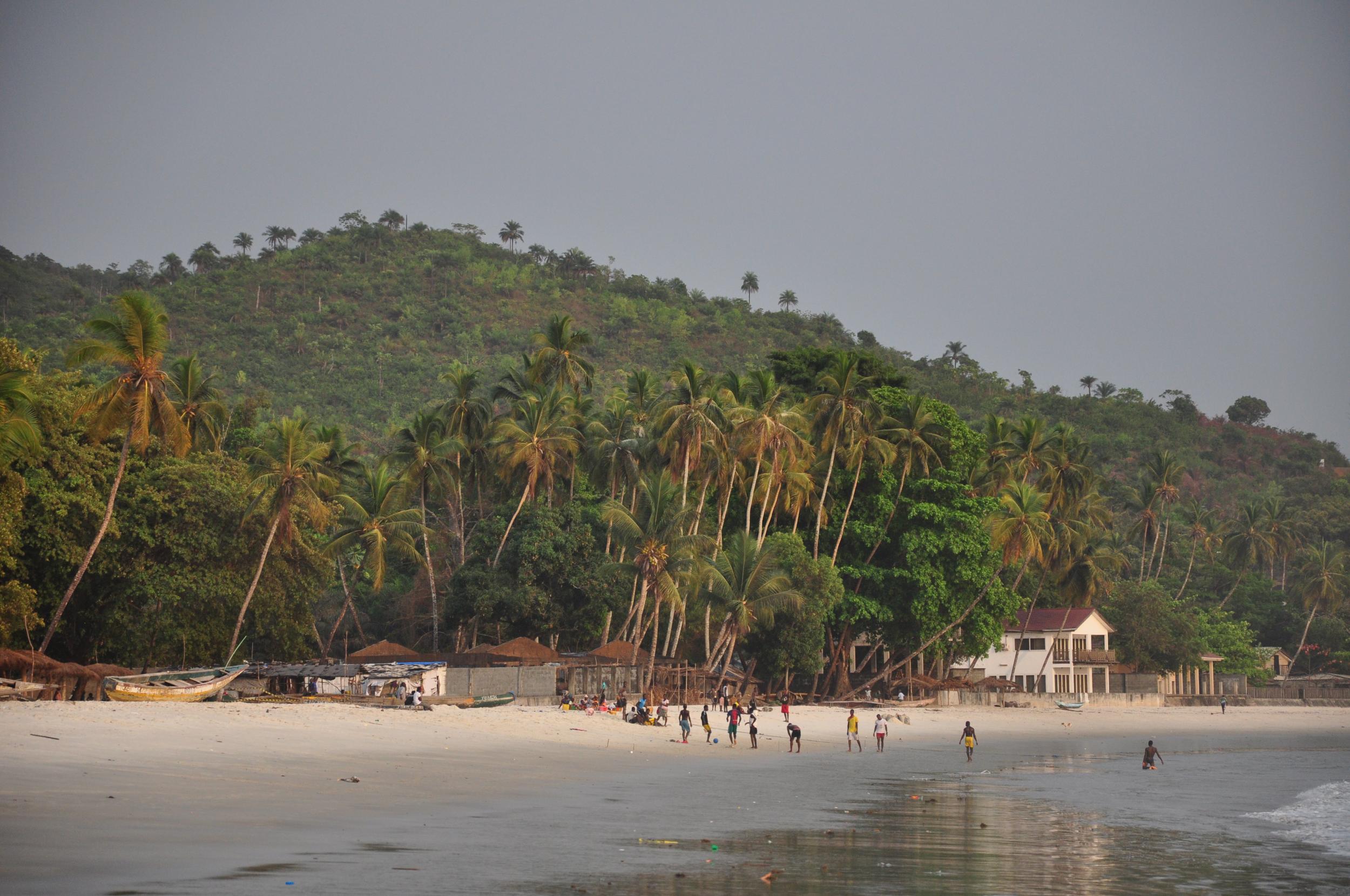Why Sierra Leone should go straight to the top of your must-visit list
The civil war that made its diamonds infamous ended 17 years ago and it’s been Ebola-free for three years: now, Sierra Leone is upping its tourism game, says Meera Dattani

Your support helps us to tell the story
From reproductive rights to climate change to Big Tech, The Independent is on the ground when the story is developing. Whether it's investigating the financials of Elon Musk's pro-Trump PAC or producing our latest documentary, 'The A Word', which shines a light on the American women fighting for reproductive rights, we know how important it is to parse out the facts from the messaging.
At such a critical moment in US history, we need reporters on the ground. Your donation allows us to keep sending journalists to speak to both sides of the story.
The Independent is trusted by Americans across the entire political spectrum. And unlike many other quality news outlets, we choose not to lock Americans out of our reporting and analysis with paywalls. We believe quality journalism should be available to everyone, paid for by those who can afford it.
Your support makes all the difference.Everyone wanted to believe they’d just seen a pygmy hippo. We’d paused our kayaks after a greyish backside was spotted swishing into the forest.
There are fewer than 200 pygmy hippos in Sierra Leone and they’re no easy sighting – but around 80 per cent of them are found in this area. Then again, as someone said later, it could’ve been a pig.
This is Tiwai Island, part of Gola Rainforest National Park in the southeast of Sierra Leone. A six-hour drive from the capital Freetown, its 12 square miles are home to 11 primate species in a setting as serene and green as any.
“Wildlife-viewing isn’t easy,” our guide Kenewa Korona says, “but we have bushbabies, red colobus and green monkeys, black-and-white colobus, sooty mangabeys.”
We do spot red colobus, their exuberant mating session drowning out everything else.
This is one of Sierra Leone’s most promising ecotourism spots. Eight local communities and assorted environmental organisations own or manage Tiwai, but there’s still a way to go. This nation remains synonymous with the 1991-2002 civil war and the blood diamonds that funded it, but that conflict ended 17 years ago. Then, in 2013, came Ebola. “We had researchers here before,” says Korona. “Fewer after the war. After Ebola, almost none.”
Sierra Leone has been Ebola-free for more than three years. Now, under a new government and rejuvenated tourism ministry, there are concerted efforts to get tourism – particularly community tourism – right. At Kambama village, where boats depart for Tiwai, a rarity occurs: a cultural performance that doesn’t invite squirming. The dancing is joyful, the vibe warm, and there’s laughter and chat between us as each element of the ritual dances is explained.

Later that week, in the northern town of Kabala, two village chiefs would give us their blessing to climb the sacred Wara Wara mountain, a moderate hike rewarded by freshly tapped “poyo” palm wine on the way up, panoramic views and, on our descent, traditional dance and acrobatics in the village square before overdosing on cassava, spicy jollof rice, cold beers and 1980s pop in a local bar.
More established than Tiwai is the vast, RSPB-managed Gola Rainforest National Park, the country’s best protected, where there’s been greater investment into lodges, rangers and guides. Wildlife doesn’t appear on-tap at Sierra Leone’s “green diamond”, but you might see habituated Diana monkeys, red colobus and the picathartes bird, one of 333 bird species clocked here. And, if you’re very lucky (or have tired eyes), possibly a pygmy hippo.
A game changer is Tacugama Chimpanzee Sanctuary in the Western Area, south of Freetown. During a recent visit by primatologist Jane Goodall, the government declared the chimpanzee the national symbol and face of tourism, replacing diamonds. “This is great for us,” says Aram Kazandjian, Tacugama’s pioneering new manager. “We’re Sierra Leone’s only chimp sanctuary. Around 5,500 wild western chimpanzees remain in the country; they’re critically endangered because of deforestation, logging, encroachment, poaching.”

On the tour (you can overnight here too in treehouse-style lodges), we meet Mama P, a human “surrogate” mum who provides orphaned baby chimps the TLC they need until they turn four. She’s currently swaddling nappy-clad, seven-month-old baby Caesar, who’s gazing at her and touching her nose. Can we hug him? No. What’s it like when your babies leave this enclosure? “I feel sad,” says Mama P. “But I visit when I can.”
“We have a moral obligation to protect chimps,” adds Kazandjian. “They share 98.6 per cent of our DNA and display similar emotional traits. And they love peanuts and popcorn.” Kazandjian is also helping to develop Sierra Leone’s first ecotourism circuit, working with rural communities to promote conservation and sustainable travel around the country.
For all the focus on wildlife, diamonds remain big business; the mining industry in the east is huge. Around the diamond-rich cities of Kenema and Koidu, trades such as farming and carpentry were mostly ditched after gems were discovered in the 1930s. A shame, says tourism expert Bashir Koroma. “We have arable soil, perfect for cassava, pumpkin, corn, bananas. But governments invest more in mining.” It recalls a school song a previous guide sang to us. “We are all going to our classes with clean hands and faces/To pay great attention to what we are told/Or we shall never be happy and clever/For learning is better than silver and gold.”

But the diamond industry is based on hope, one mine-owner tells us. For most, it’s a hard slog, riches reserved for the few, but equally, it’s no longer funding war – many are keen to redirect this “conflict diamond” narrative.
Other narratives need to be shouted from the rooftops, retold, then told again. A boat ride from Freetown is Bunce Island, a place that should be on every history curriculum. From the 17th to 19th centuries, Freetown was one of the biggest hubs for the Atlantic slave trade. Bunce Island, built by a British slave-trading company (Sierra Leone was a British colony from 1808 until its independence in 1961), was where some 50,000 African slaves made the treacherous journey to the Caribbean, and Georgia and South Carolina in the US; many African-Americans can trace their ancestry back here.
Freetown itself is a chaotic, heritage-rich, coastal capital, a towering 400-year-old cotton tree marking its centre, with historic churches, Krio architecture built by the descendants of freed slaves, and souvenir haven Big Market. Its National Museum, which has an excellent Bunce Island exhibition, and the murals and statues of the Peace and Cultural Monument, are good introductions to key players and events in Sierra Leonean history – including the arrival of the first free slaves in 1787 and the founding of today’s “Freetown” five years later.

It’s a fun city too. Along Lumley Beach Road are scores of beach bars and restaurants, and the Freetown Peninsula extending into the mountain-backed Western Area is beach heaven; River Number Two, Tokeh and Mama Beach are some of the choice spots for the country’s higher-end hotels, a Star beer and fresh fish. Off the mainland is Banana Island, keen to welcome tourism, with diving, hikes, beach lodges and community-led tours of its slave-outpost history.
Like many places emerging from a troubled period, life isn’t always easy for its residents. Tourism can help but it’s certainly not the sole answer. But for many visitors, crowd-free hiking, untouristy towns, decent roads, wildlife in varying doses, a capital bursting with history, chimps and beaches will prove irresistible. Like the diamond that’s long symbolised its wealth and woes, Sierra Leone is sparkling again.
Travel essentials
Rainbow Tours offers a nine-night/10-day tour to Freetown, Bunce Island, Tacugama, Tiwai Island, Banana Islands and Tokeh Beach. Prices start from £2,795pp, based on two sharing, including return flights with Brussels Airlines, transfers, activities, accommodation and most meals.
Join our commenting forum
Join thought-provoking conversations, follow other Independent readers and see their replies
Comments